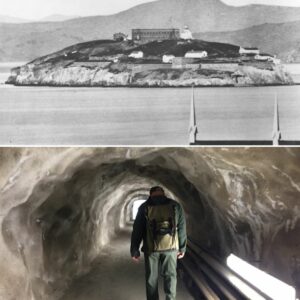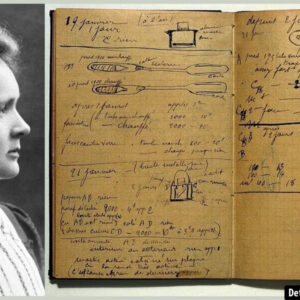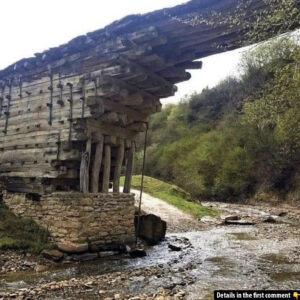The 1980s was a transformative decade for New York City, a period marked by grit, resilience, and the tension of social and economic upheaval. Amid this backdrop, the New York City subway system—once notorious for crime, decay, and graffiti—served as both a literal and symbolic artery for the city. Photographer Steven Siegel’s work, spanning over 30 years, captures life on the subway during this era, offering a fascinating look at how the city’s struggles and triumphs played out underground. Through his lens, we witness a side of New York City rarely seen—gritty, raw, and unpolished—but also full of stories, emotion, and character.
The Subway as a Reflection of New York’s Struggles
New York City in the 1980s was teetering on the edge of financial ruin. High crime rates, a fiscal crisis, and an exodus of residents left the city in disarray. The subway, long seen as a reflection of the city’s struggles, was a microcosm of the wider social conditions. It was a place where poverty, disenfranchisement, and resilience collided in a chaotic yet fascinating manner.
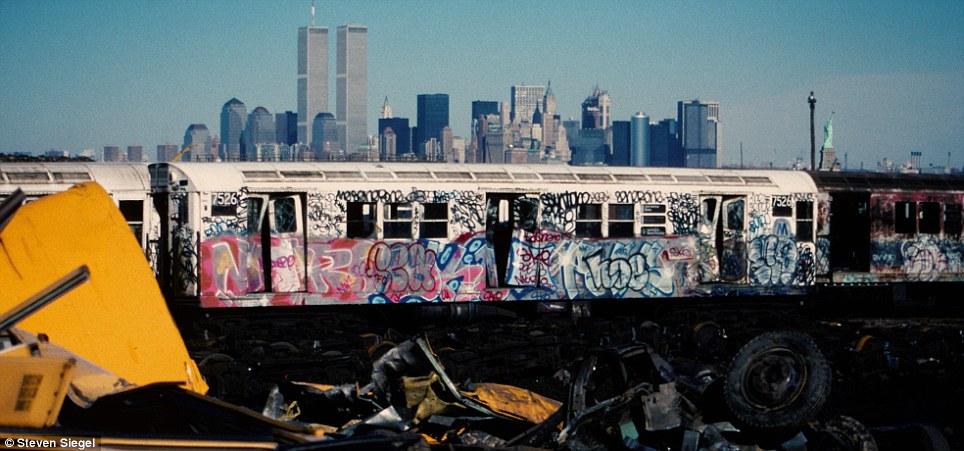
Siegel’s photographs from this time period offer an intimate look at the subway cars, which had become canvases for graffiti artists, social arenas for commuters, and sometimes even venues for acts of violence. His work, while documenting the unsavory aspects of the subway system, also highlights the moments of life that made this space uniquely New York.
Video
Watch the video for a captivating glimpse of New York City in 1988.
The Iconic Graffiti and Its Cultural Significance
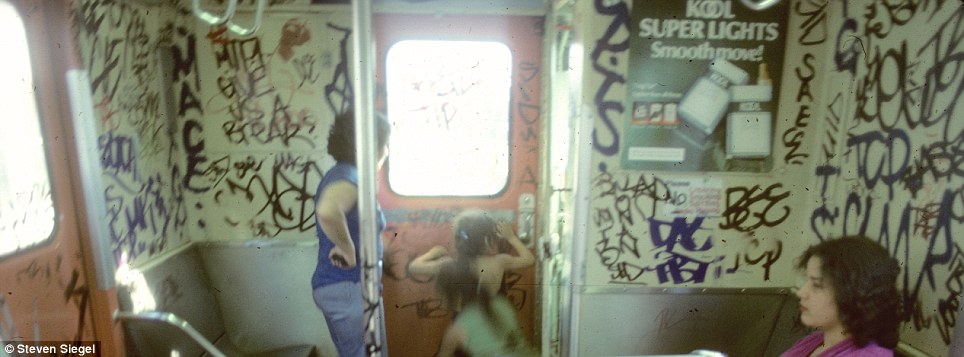
One of the most defining aspects of the 1980s subway system was the prevalence of graffiti. Siegel’s photographs showcase the subway cars covered in vibrant, colorful tags that not only transformed the subway into a moving art gallery but also symbolized a rebellion against authority. Graffiti became a form of expression for marginalized youth, giving them a voice in a city that seemed to overlook them.
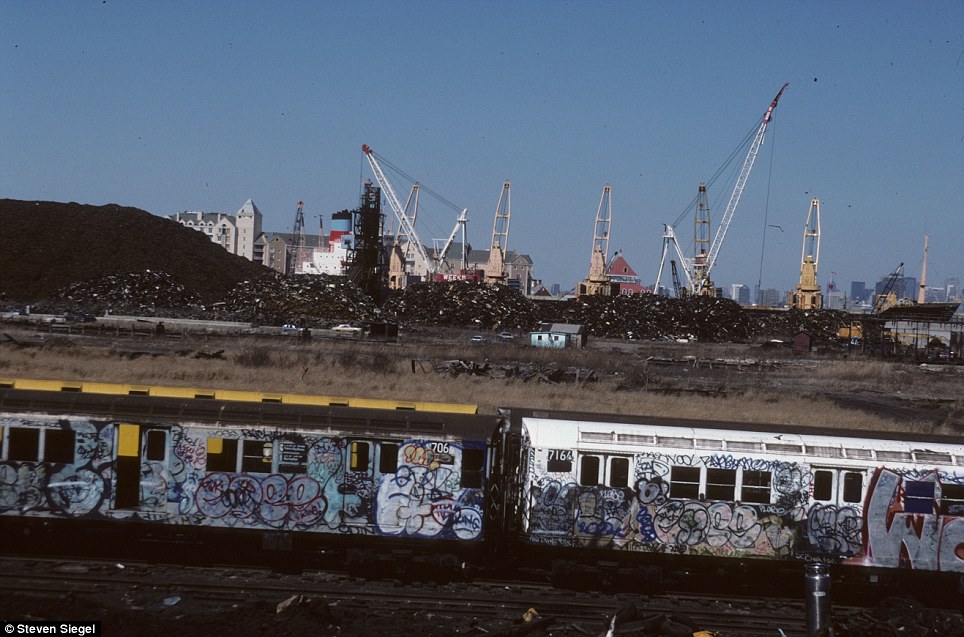
Siegel captures the contrast between these vibrant artistic expressions and the grimy, worn-down interiors of the subway. The trains, once pristine, were now canvases for a new kind of rebellion—one that was both artistic and political. The iconic images of graffiti-covered trains have since become symbolic of New York in the 1980s, a city struggling with its identity but also refusing to be silenced.
Moments of Intimacy in a Crowded Space
Amidst the chaos of the subway, Siegel also captures moments of quiet intimacy. In one particularly poignant image, two lovers declare their affection on the fogged-up window of a subway car. This fleeting moment, captured in the midst of the city’s hustle, speaks to the deeper connections people still sought, even in an environment as cold and impersonal as the subway.
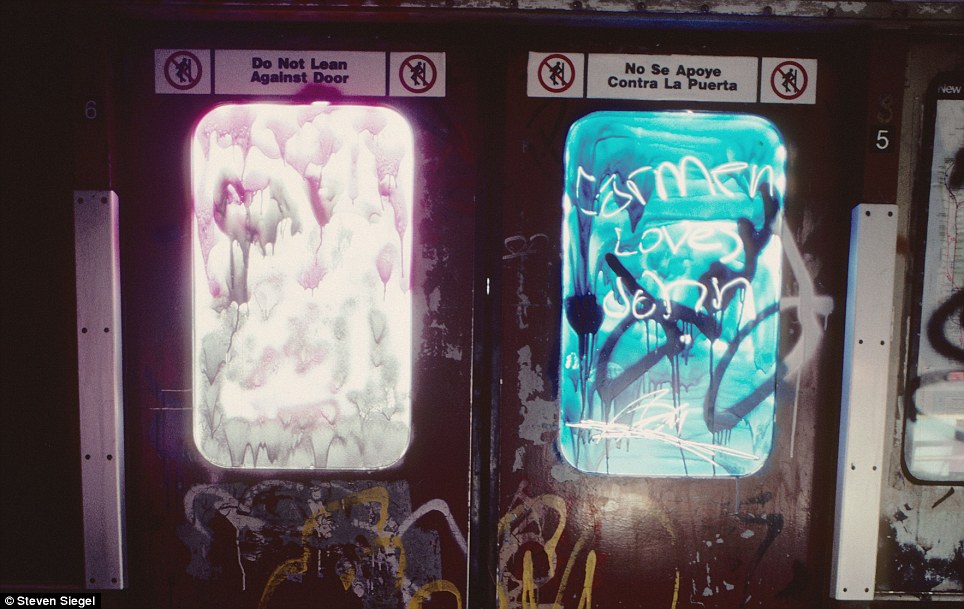
Siegel’s ability to find moments of human tenderness in the most unlikely of places adds a layer of complexity to his portrayal of the subway. The subway, often seen as a cold, impersonal place, was also home to shared human experiences. Siegel’s photographs remind us that even in the most industrial of environments, human connections are always present, waiting to be noticed.
The Subway as a Stage for Everyday Drama
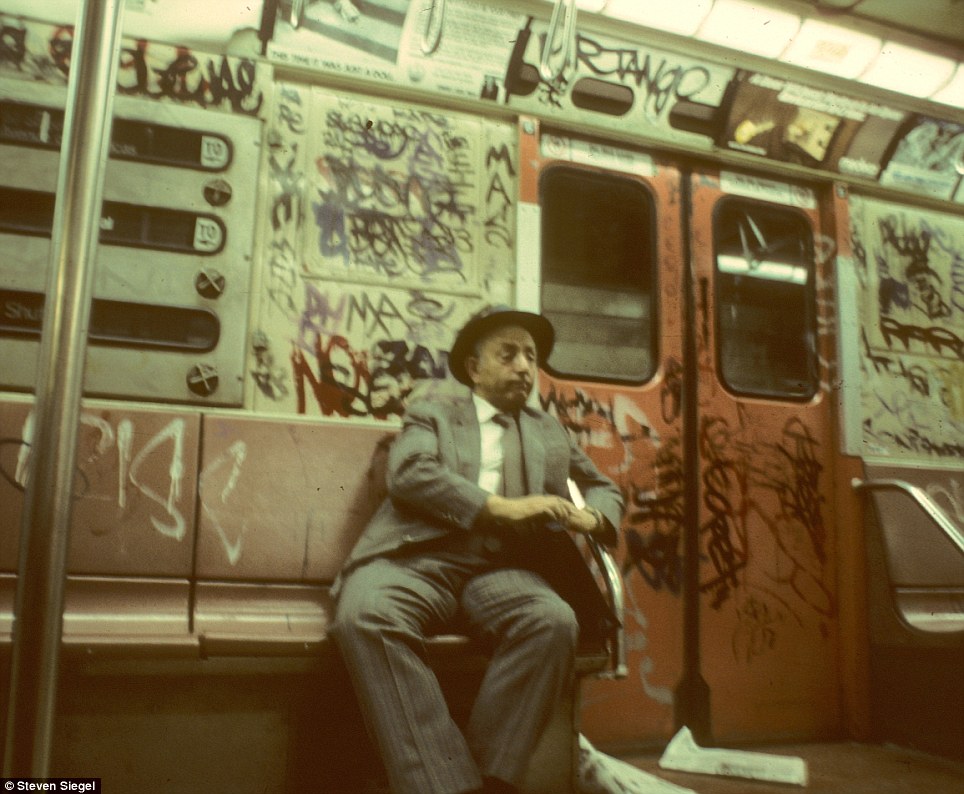
Siegel’s work highlights the subway as a stage for everyday drama. From passengers drifting off to sleep, lulled by the rhythmic clatter of the train tracks, to a man rushing to catch his train, each image is a snapshot of the life that plays out in the depths of New York’s underground world. The subway, for many, was a daily ritual, a place where personal stories unfolded amidst the hum of the city.
In one image, Siegel captures a man sleeping on the subway, his newspapers scattered around him. This moment of abandonment contrasts sharply with the city’s reputation for hustle and bustle. The photo speaks to the exhaustion and anonymity many New Yorkers experienced. In the cramped, often filthy subway cars, everyone was reduced to a passenger, their personal stories momentarily put on hold as they navigated the city’s underbelly.
A Time of Transformation: The Changing Face of the Subway
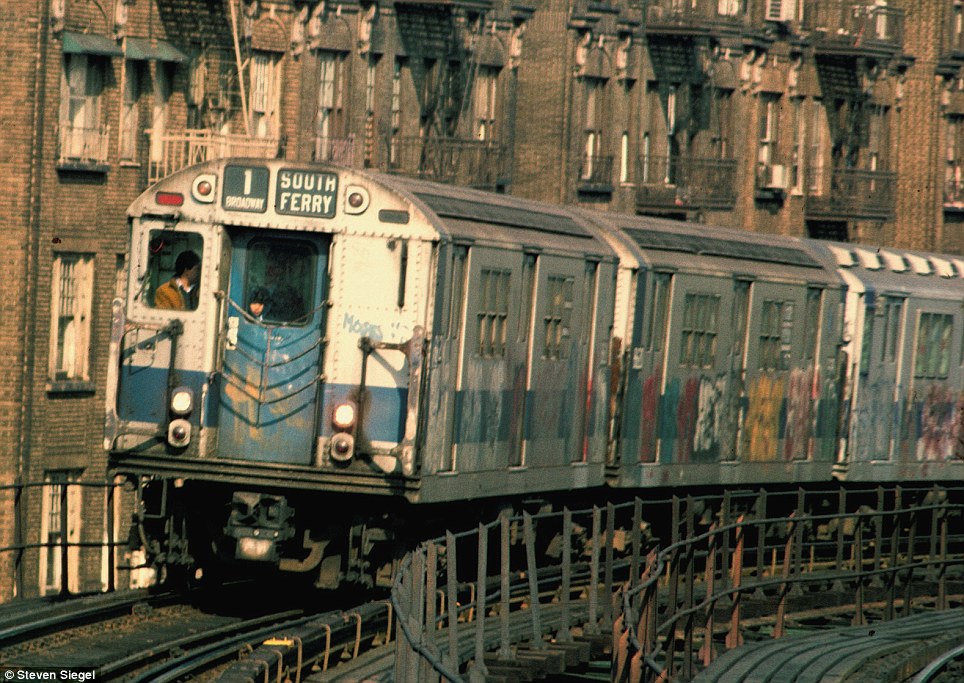
The 1980s subway, like the city itself, was in a state of flux. The subway cars, once filled with graffiti and dirt, were gradually cleaned and restored by the end of the decade. The transformation of the subway system mirrored the broader changes taking place in New York City, as it began to shed the labels of crime and decay and move toward revitalization. Siegel’s photographs, captured during the height of the city’s struggle, now serve as a time capsule of an era that was rapidly disappearing.
The shift away from the graffiti-strewn subway cars and the introduction of increased security were part of the broader Giuliani-era reforms that redefined the city in the 1990s. However, Siegel’s photographs offer us a glimpse of the New York City that was—the raw, unpolished version of the city that existed before the Disneyfication of Times Square and the gentrification of neighborhoods across Manhattan. His images serve as a testament to the resilience of the people who lived through these turbulent times, and the city’s ability to survive and adapt.
The Art of Subway Photography: Capturing a Moment in Time
In many ways, Siegel’s work is a masterclass in subway photography. His ability to capture not just the physical aspects of the subway system but also the emotional and social undercurrents that ran through it is what sets his work apart. His photographs tell stories not just of the trains and their passengers, but of the broader cultural and social changes happening in the city at the time.
Through his lens, Siegel shows us the beauty in the mundane. Whether it’s a fleeting moment of sunlight breaking through the grime-covered windows or the interplay of light and shadow on the subway platform, Siegel’s photos capture the subtle details that often go unnoticed. His work elevates the subway from a mere means of transportation to a space that is rich with stories, history, and character.
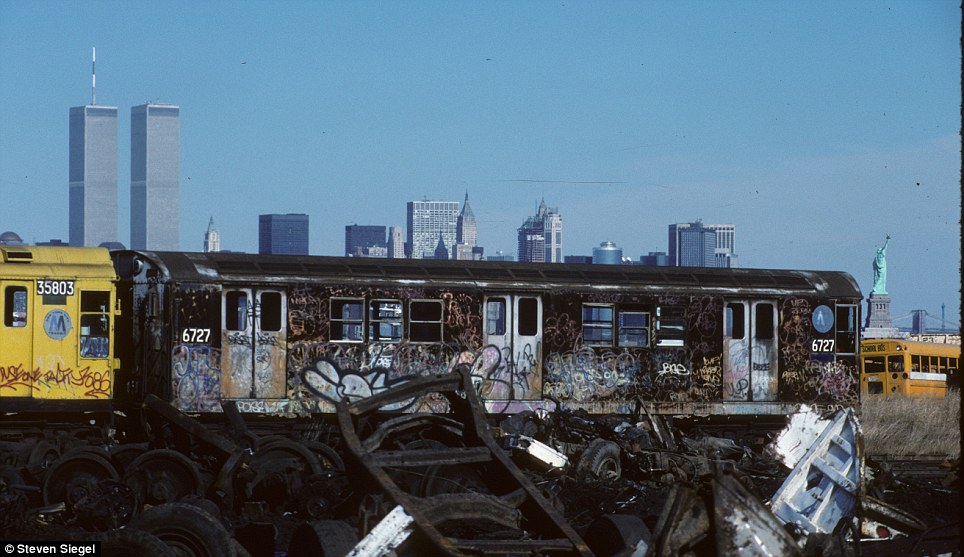
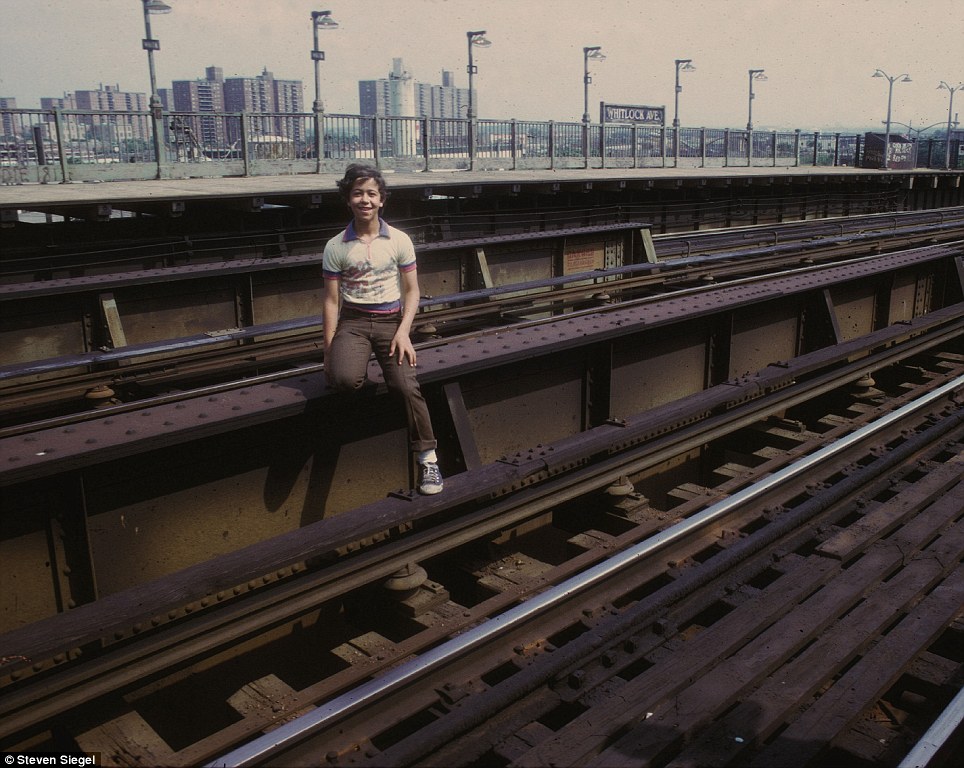
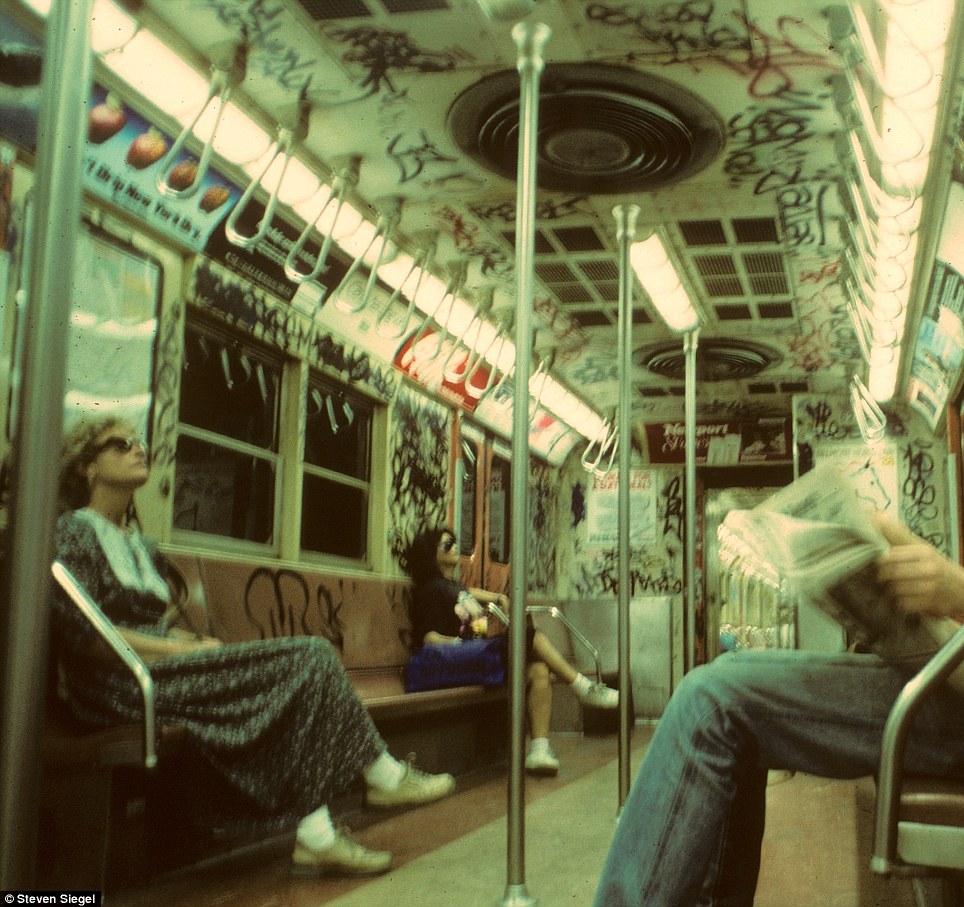
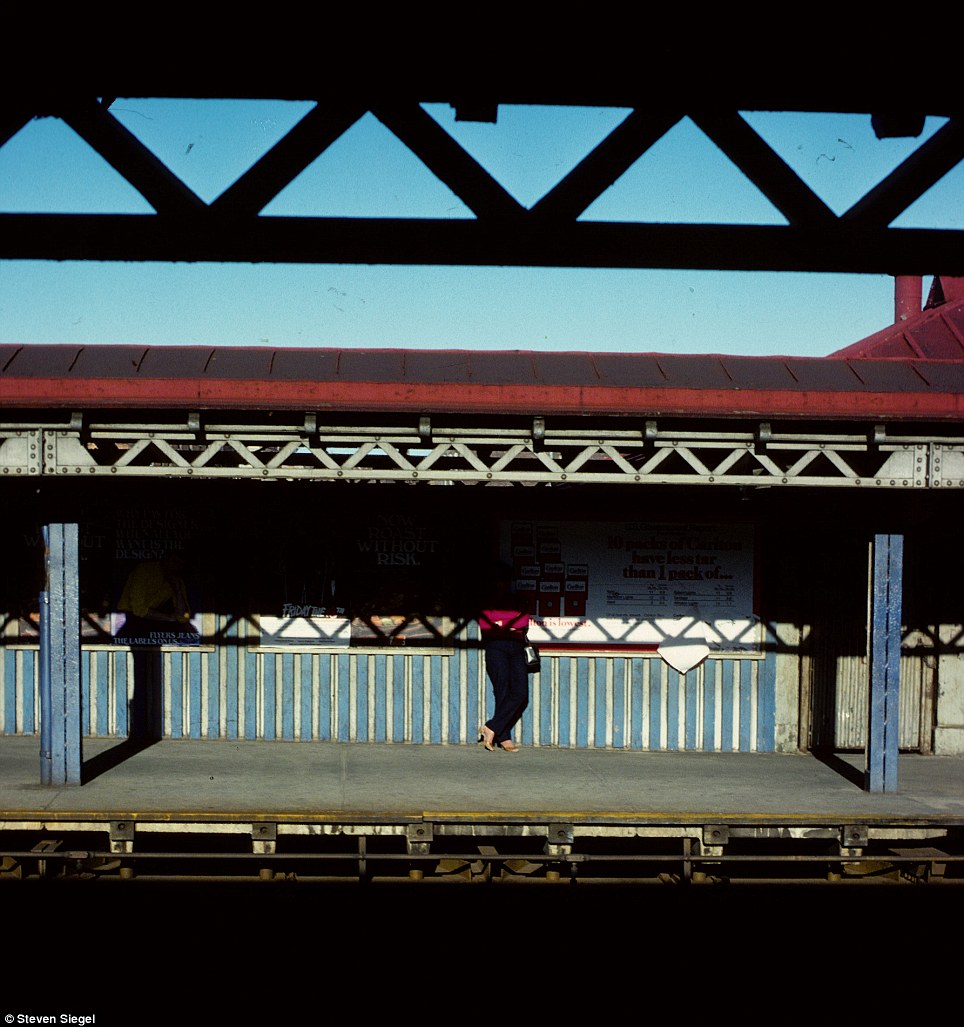
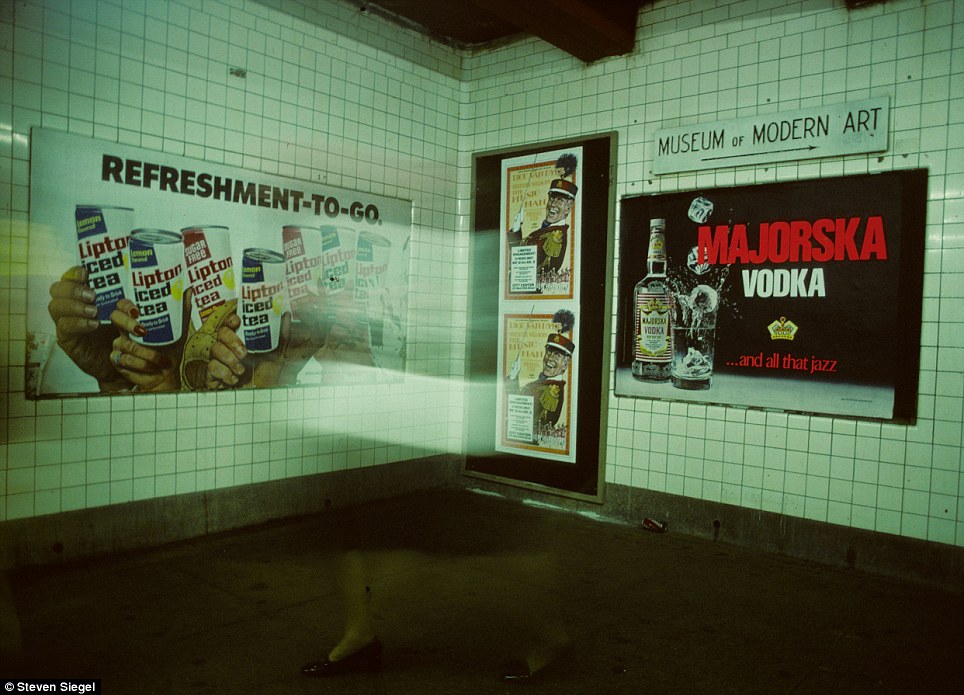
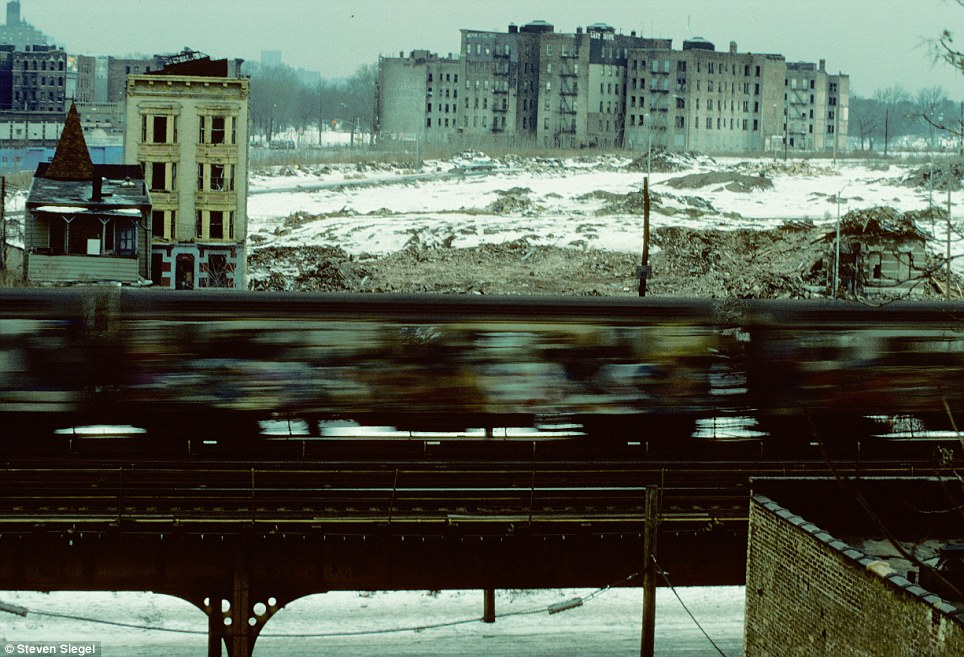
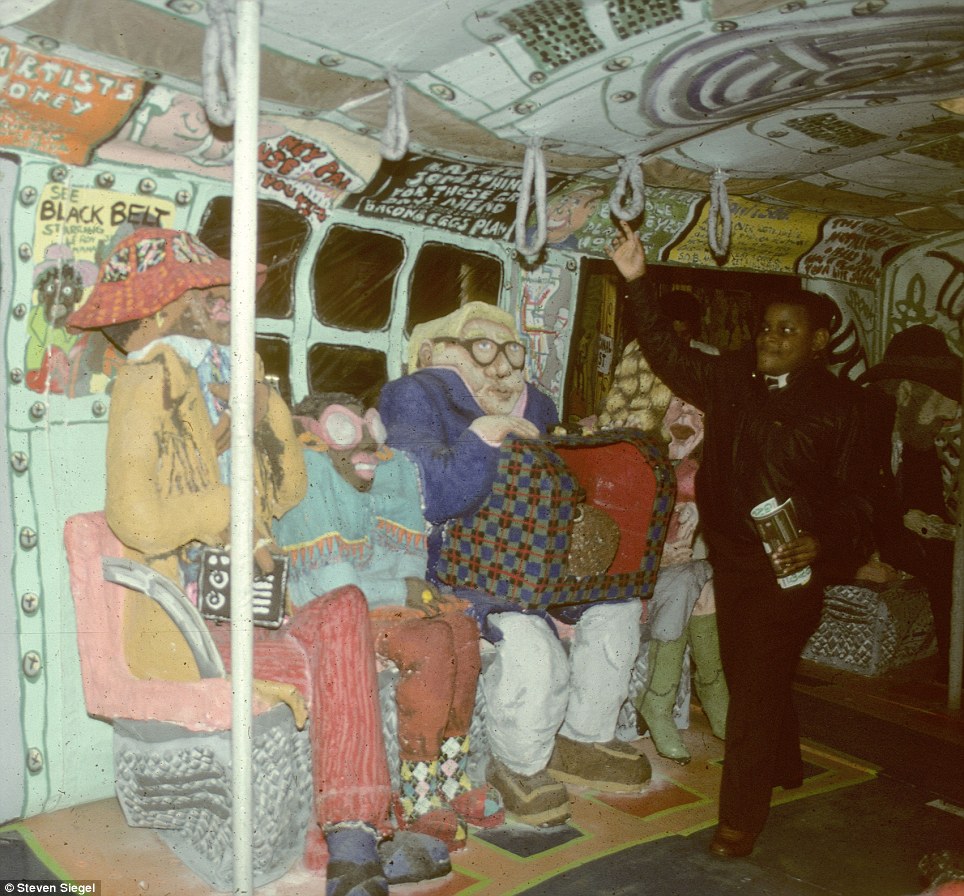
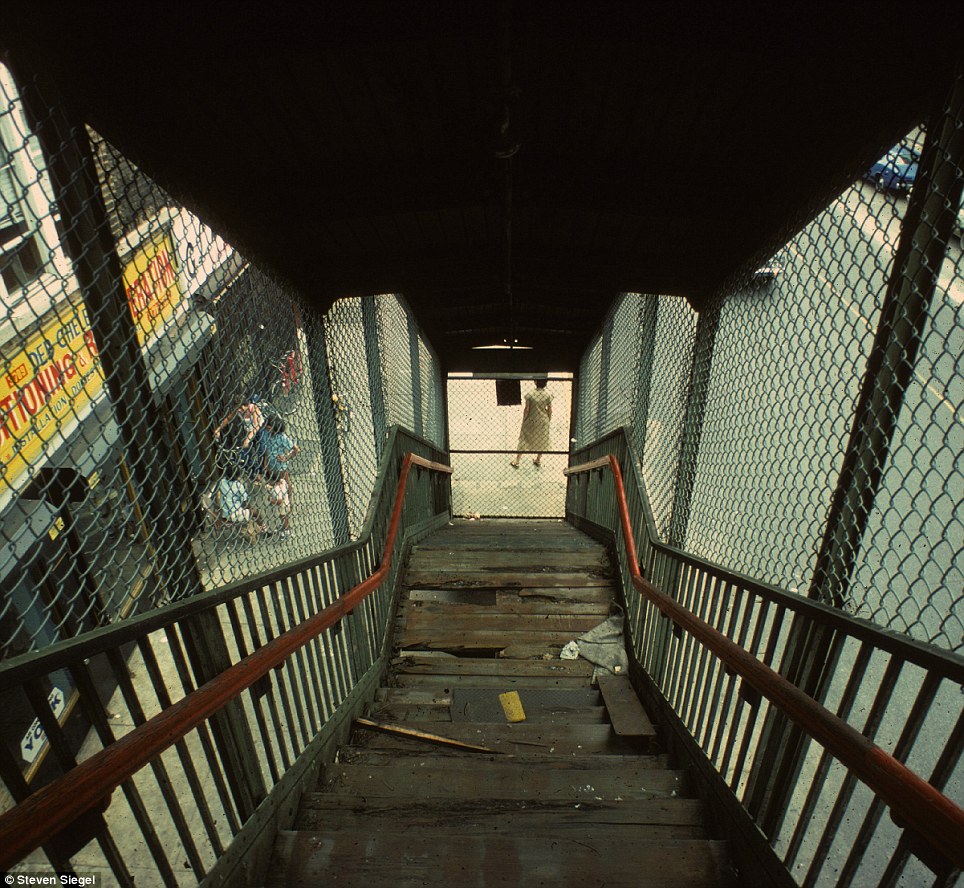
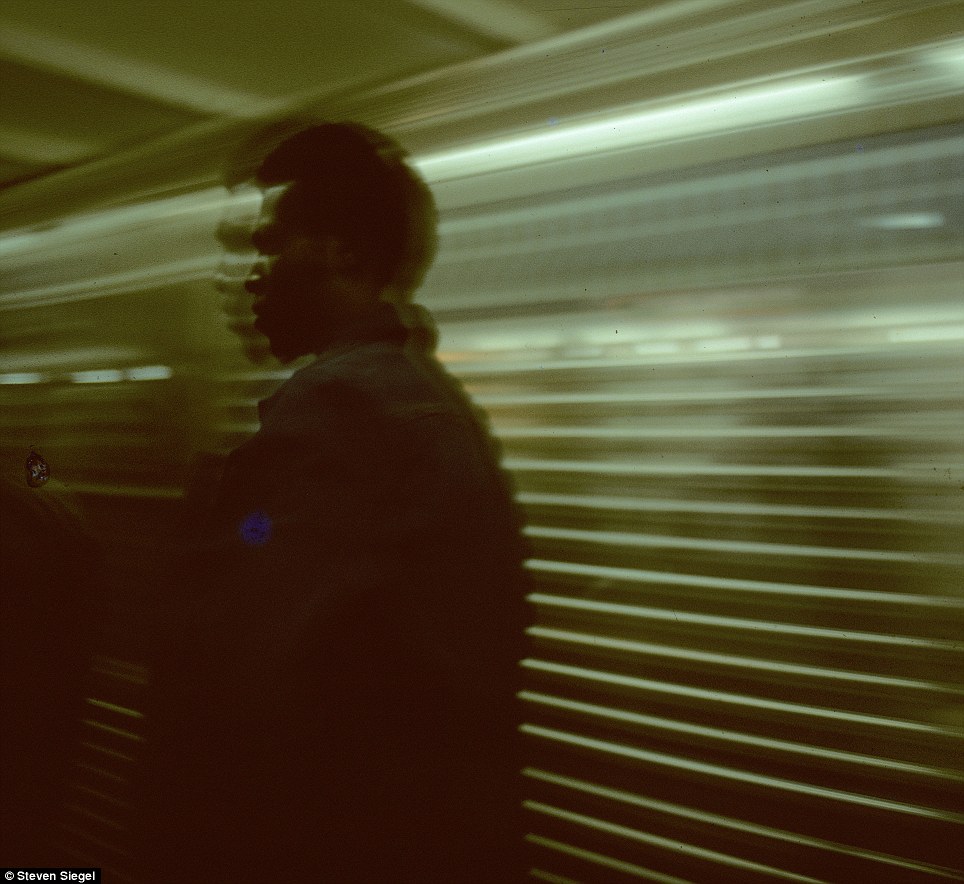
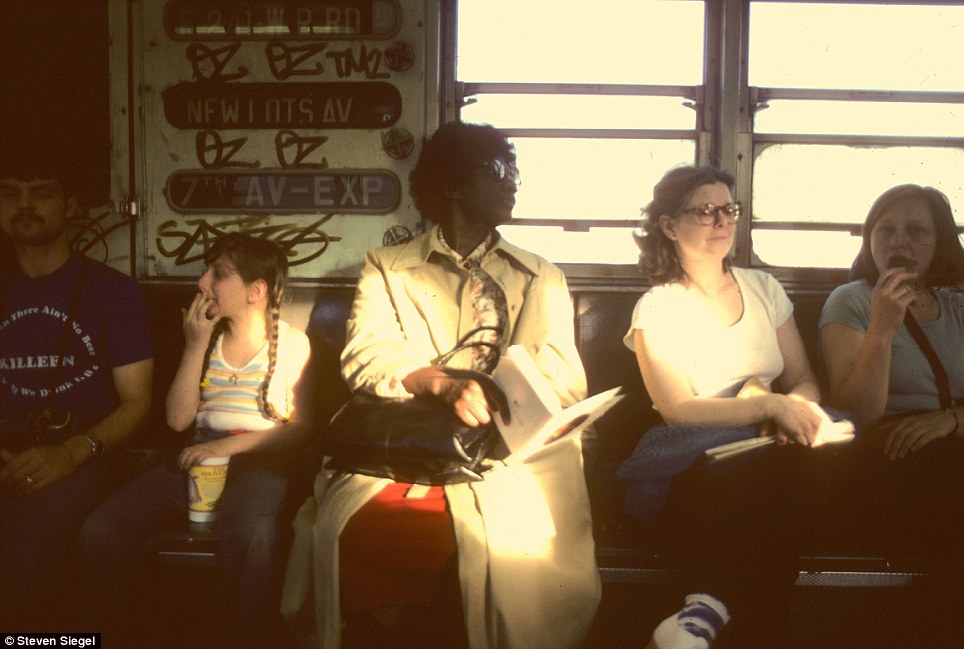
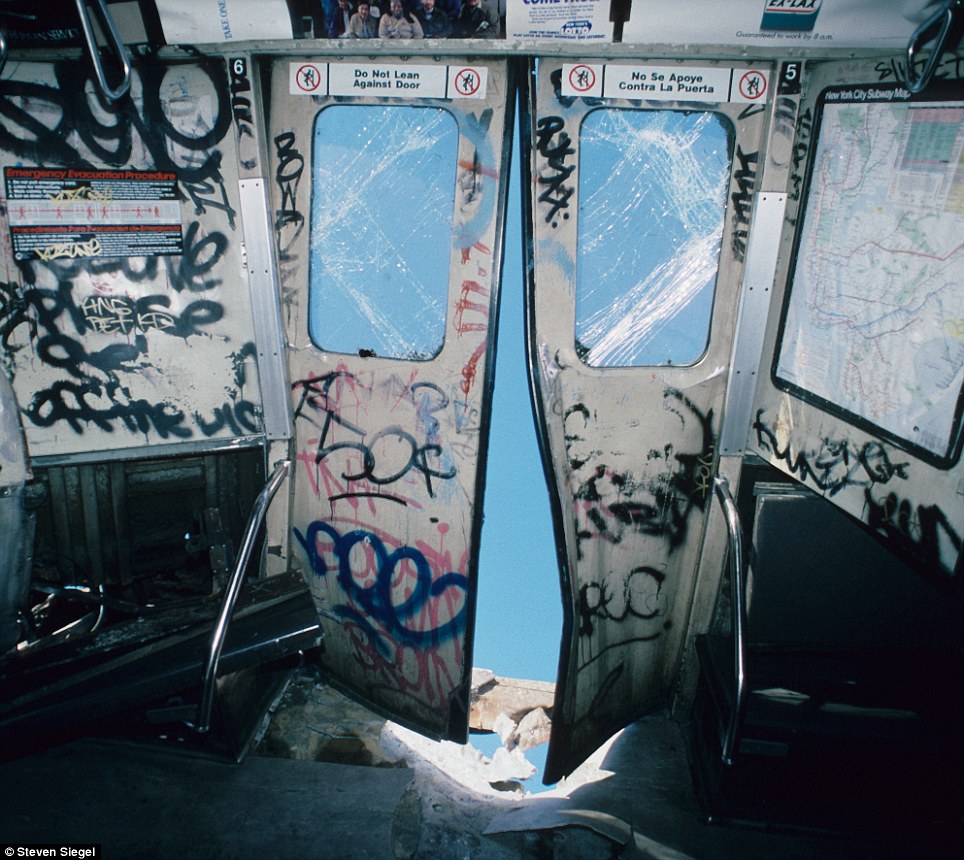
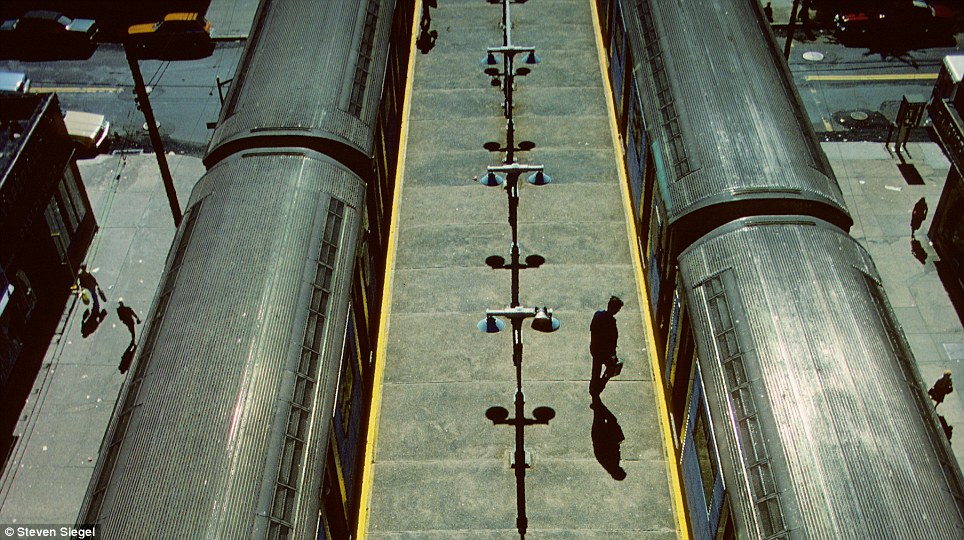
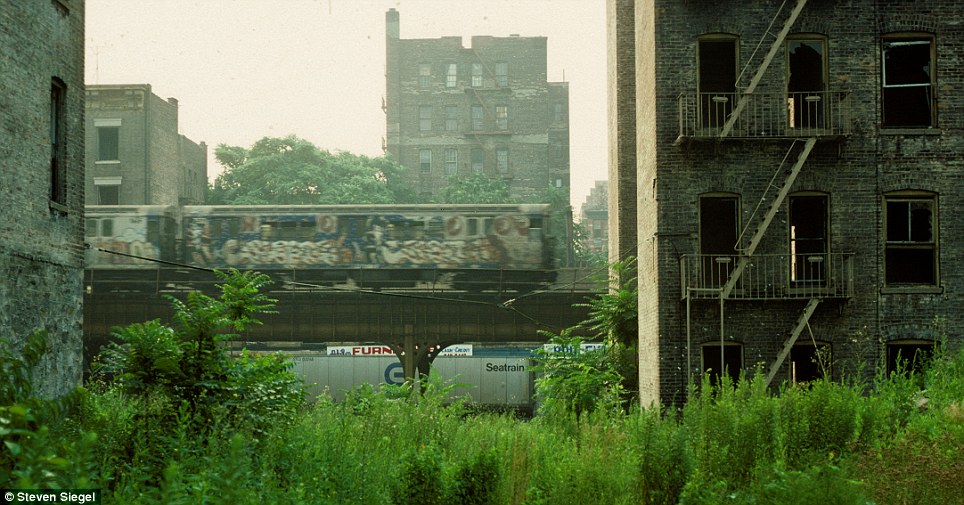
Video
Watch the video New York c.1899: Restored to Life in Amazing Footage to experience the city as it was over a century ago.
Conclusion: Remembering the Old New York
Steven Siegel’s photographs of the New York City subway from the 1980s offer a fascinating and nostalgic look at a time when the city was grappling with its identity. Through his lens, we see a city on the brink of transformation—one that was filled with contradictions, from the gritty streets of Times Square to the vibrant, rebellious graffiti of the subway. While the subway system has changed over the decades, Siegel’s images preserve a moment in time, capturing the essence of an era that now seems distant yet oddly familiar.
As we look back on the New York City of the 1980s, we can’t help but feel a sense of appreciation for the resilience and spirit of the city’s inhabitants, who navigated its tumultuous times with determination and pride. Through Siegel’s lens, we are reminded of the complexity and beauty of life in New York City during a time of great change—a time when the subway, in all its graffitied glory, was more than just a means of transportation, but a symbol of the city’s struggle, its vibrancy, and its endless capacity for reinvention.

